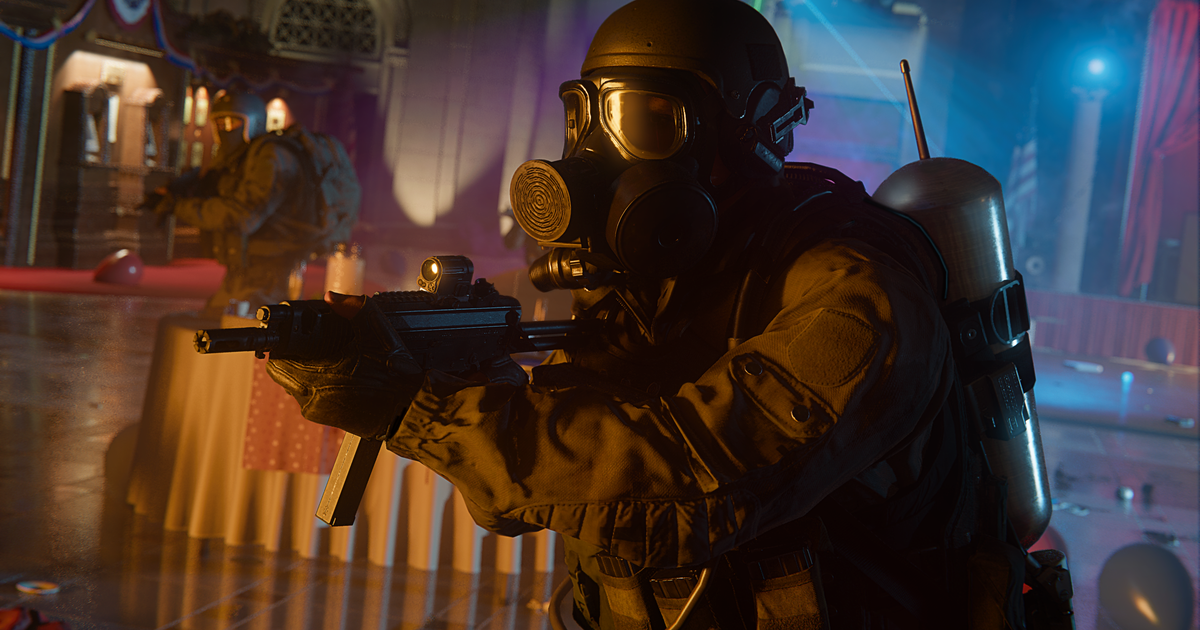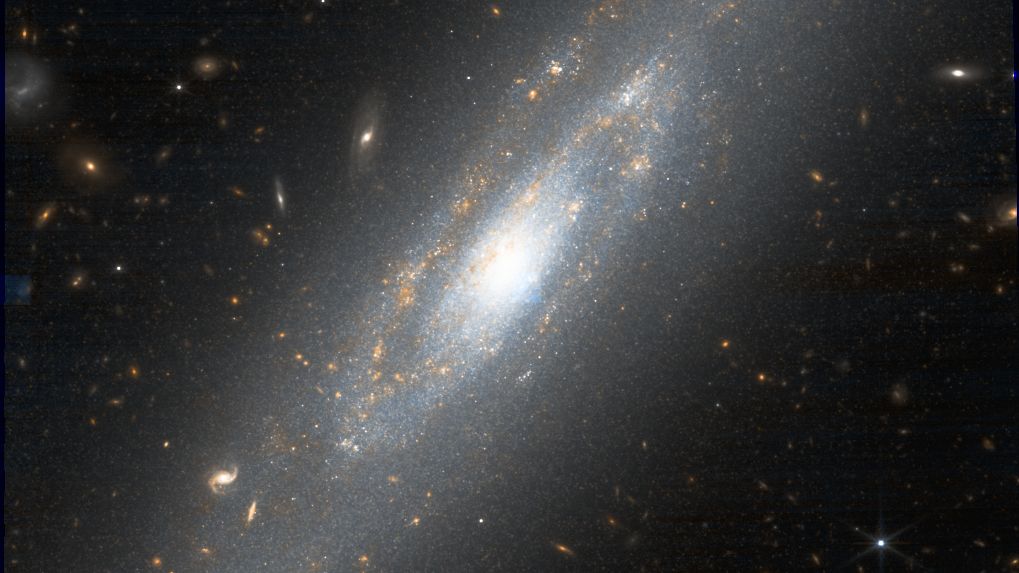And on Dec. 28, the US Air Force launched one of its two X-37Bs on the type’s seventh mission. The 29-foot X-37Bs, which launch atop heavy-lift rocket stacks and land like airplanes, have flown longer and increasingly ambitious sorties – demonstrating impressive maneuverability and reusability. The current mission could last longer than two years: it probably involves higher altitude orbits than previous missions as the spaceplane went up on America’s most powerful rocket booster, the SpaceX Falcon Heavy. (In theory the upcoming Space Launch System is even more powerful, but this has flown only once and is not available for normal launch purposes.)
The Americans are the world leaders in reusable spacecraft, including robotic mini-shuttles. But the Chinese are catching up. China “continues to develop a variety of counter-space capabilities designed to limit or prevent an adversary’s use of space during a crisis or conflict,” the US Defense Department warned in the latest edition of its annual report on the Chinese military.
China Aerospace Science and Technology Corporation developed its space plane in the 2010s. The spacecraft first launched in September 2020 for a quick, two-day mission. It launched again in August 2022, and stayed aloft for around 276 days, during which it released a target and practiced multiple close maneuvers.
The US, Russian and Chinese inspection spacecraft represent one type of space weapon – that is, dual-use weapons that can spend long periods of time on orbit, practicing maneuvers … and waiting for open conflict that may or may not flare up.
The other major type of space weapon resides on land or at sea. In recent decades, the United States, Russia, China and India have all tested powerful multi-stage rockets that can strike the thousands of satellites in low orbits.
These tests are controversial. When China destroyed a defunct weather satellite in 2007, it scattered tens of thousands of coin-sized fragments that, owing to the satellite’s position at the time of impact, are likely to remain in orbit for decades, endangering satellites and even the International Space Station.
Inspection spacecraft are only somewhat less controversial. Not for the damage they’ve inflicted – but for the damage they could inflict in wartime. Attacks on satellites could scatter so much debris that they could render certain low orbits practically unusable.
So spacefaring countries watch each other’s inspection craft closely. Especially when those craft are highly maneuverable, have endurance measured in months or even years – and can launch, land and then launch again in rapid succession.
The United States has the most reason to worry, because it operates the most satellites and because its forces rely on space more than the forces of rival countries do, for surveillance, communication and navigation.
The Americans are interested in China’s mysterious space plane for what it’s currently doing – zipping around, 370 or so miles above Earth – and also for what it could do during wartime. That is, tamper with and potentially destroy some of those thousands of US satellites.

Dr. Thomas Hughes is a UK-based scientist and science communicator who makes complex topics accessible to readers. His articles explore breakthroughs in various scientific disciplines, from space exploration to cutting-edge research.








